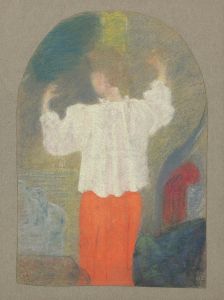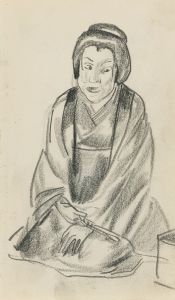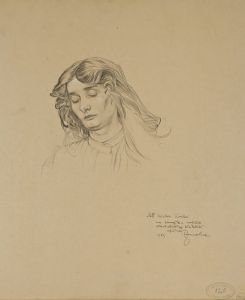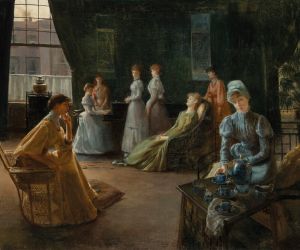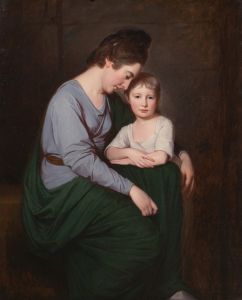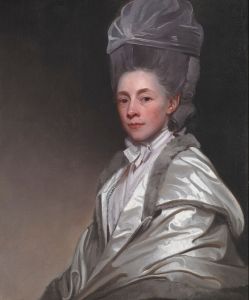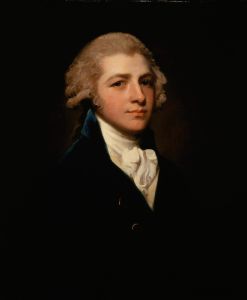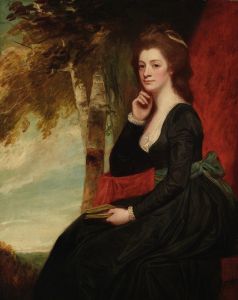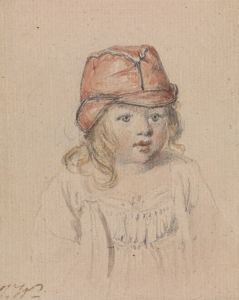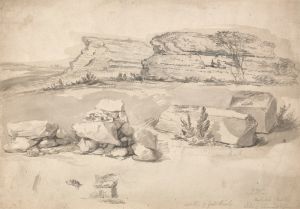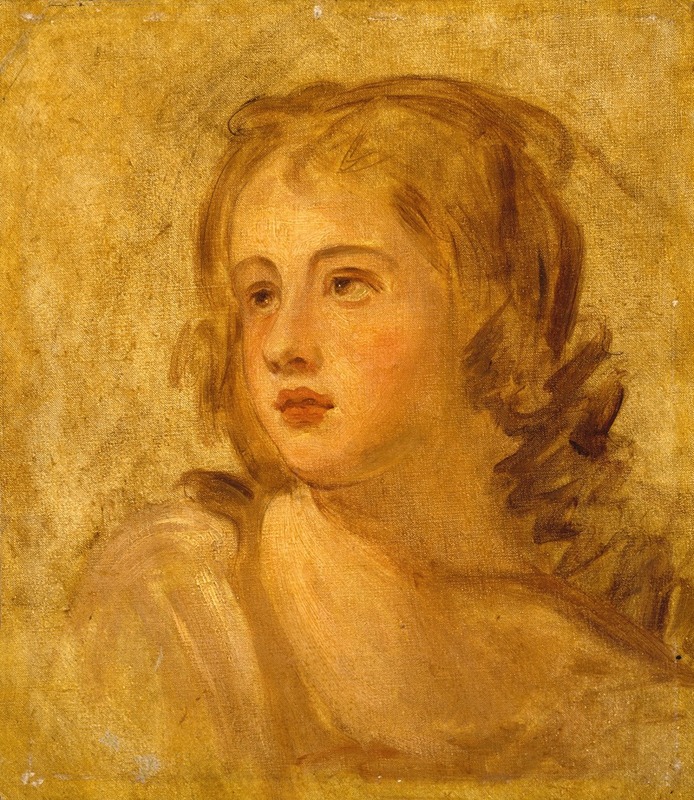
Head of a Woman
A hand-painted replica of George Romney’s masterpiece Head of a Woman, meticulously crafted by professional artists to capture the true essence of the original. Each piece is created with museum-quality canvas and rare mineral pigments, carefully painted by experienced artists with delicate brushstrokes and rich, layered colors to perfectly recreate the texture of the original artwork. Unlike machine-printed reproductions, this hand-painted version brings the painting to life, infused with the artist’s emotions and skill in every stroke. Whether for personal collection or home decoration, it instantly elevates the artistic atmosphere of any space.
George Romney was an eminent English portrait painter in the 18th century, known for his distinctive style and contribution to the art of portraiture. One of his works, "Head of a Woman," exemplifies his skill in capturing the subtleties of human expression and form. Although specific details about this particular painting are limited, it is reflective of Romney's broader oeuvre and artistic approach.
Romney was born in 1734 in Dalton-in-Furness, Lancashire, and he rose to prominence in the London art scene during the late 18th century. He was a contemporary of other renowned portraitists such as Sir Joshua Reynolds and Thomas Gainsborough. Romney's work was characterized by its elegance, attention to detail, and the ability to convey the personality and mood of his subjects.
"Head of a Woman" is believed to be a study or sketch rather than a finished portrait, which was a common practice among artists of the time to refine their techniques and explore different expressions and poses. Romney often created such studies to experiment with light, shadow, and composition, which would later inform his larger, more detailed works.
The painting likely features a female subject, as indicated by the title, and showcases Romney's adeptness at rendering the delicate features and expressions of women. His portraits often depicted women with a sense of grace and poise, capturing the fashion and sensibilities of the Georgian era. Romney's use of soft brushwork and subtle color palettes helped to create a sense of intimacy and immediacy in his portraits.
Romney's career was marked by his ability to attract a wide range of patrons, including members of the aristocracy and prominent figures of his time. Despite not seeking membership in the Royal Academy, Romney's reputation as a leading portraitist was well established, and he enjoyed considerable success and popularity.
The artist's approach to portraiture was influenced by his travels to Italy, where he studied the works of the Old Masters. This experience enriched his understanding of classical art and informed his own style, which combined traditional techniques with a fresh, contemporary sensibility.
While "Head of a Woman" may not be as widely recognized as some of Romney's other works, such as his portraits of Emma Hamilton, it remains an important piece within his body of work. It reflects his ongoing exploration of human character and emotion, as well as his commitment to capturing the essence of his subjects.
Romney's legacy as a portrait painter endures, with his works held in major collections and museums around the world. His ability to convey the subtleties of human expression and his contribution to the development of portraiture in the 18th century continue to be celebrated by art historians and enthusiasts alike.





